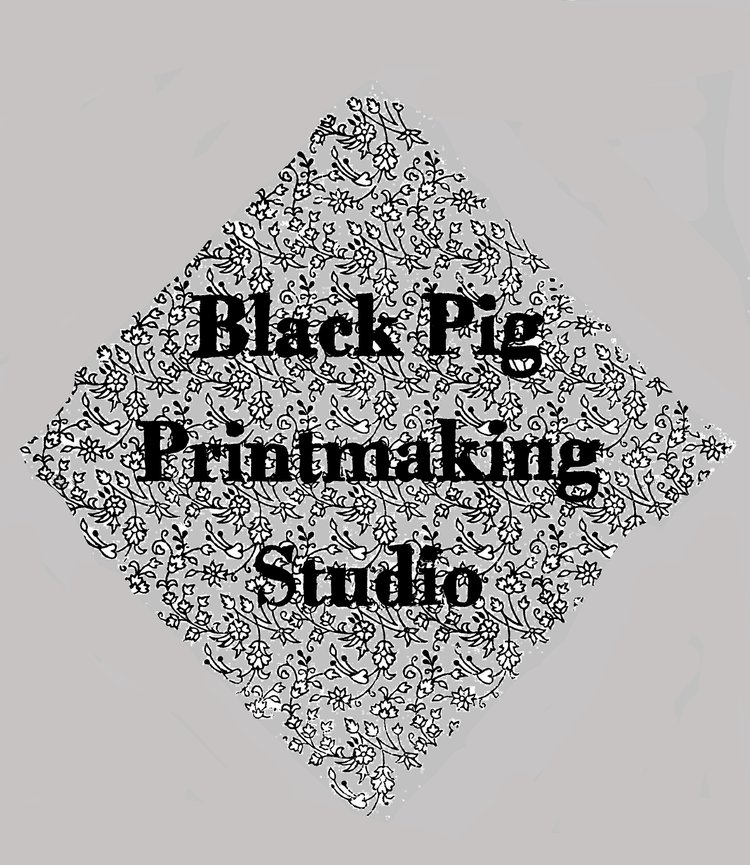I've been really excited about the Dalziel Project run by Bethan Stevens and George Mind of Sussex University. They've been studying the staggering fifty thousand or so wood engravings produced by the Dalziel Brothers' company during the 19th Century. It's been a fascinating insight into how Victorian trade engravers worked. The following is an extract from the extremely long-winded memoirs of Walter Crane, describing the offices of JW Linton, to whom he was apprenticed for three years and they are similar to what the Dalziels would have had.
"His office was a typical wood-engraver's office of that time, a row of engravers at work at a fixed bench covered with green baize running the whole length of the room under the windows with eyeglass stands and rows of gravers. And for night work a round table with a gas lamp in the centre, surrounded with a circle of large clear glass globes filled with water to magnify the light and concentrate it on the blocks upon which the engravers(or "peckers", or "woodpeckers", as they were commonly called) worked, resting them upon small circular leather bags or cushions filled with sand, upon which they could easily be held and turned about by the left hand while being worked upon with the tool in the right. There were, I think, three or four windows, and I suppose room for about half a dozen engravers: the experienced hands, of course, in the best light, and the prentice hands between them. There were four or five of these latter, apprenticed for five or seven years, to learn the craft of engraving on wood. Of these, some were deaf. it was, indeed, very usual to apprentice deaf and sometimes even dumb youths to wood engravers. They went by the name of "dummies" in the office. The medium of communication was always talking on the fingers. The deaf and dumb were very expert at this beween themselves, and used all sorts of abbreviations, so that they appeared to express themselves as rapidly as people do in ordinary conversation. Mr.Orrin Smith was an adept at it, and all his instructions to the deaf apprentices were conveyed by these means."
Isn't that interesting? I was engraving for a long time in a bubble of ignorance and these two days at Birkbeck College and as guests of the British Museum Prints and Drawings Department have been amongst the highlights of my career as an engraver. As the academics informed the engravers, so the engravers informed the academics and we all wen away richer for the experience. The Dalziel Project is much bigger than that though and they are building on the work they have done in schools. It would be a great thing to get engraving as a taught subject again on undergraduate degrees, particularly relevant to illustration and fine art.
This is an original Victorian block that was never cut for some reason. It shows you what the artist has put down and what the engraver has to then interpret.



